Introduction:
Smart home technology has transformed the way we interact with our living spaces, but its roots can be traced back to early innovations in home automation. This exploration delves into the history of smart home technology, from its humble beginnings to the sophisticated systems of today.
1. Early Beginnings:
The concept of home automation dates back to the early 20th century when inventors began experimenting with electrical and mechanical systems to automate household tasks. Early examples included automatic thermostats, lighting controls, and rudimentary security systems.
2. Rise of Computerization
.The advent of computers in the mid-20th century paved the way for more sophisticated home automation systems. In the 1970s and 1980s, hobbyists and enthusiasts began experimenting with computerized home control systems, laying the groundwork for modern smart home technology.
3. Emergence of Protocols and Standards:
As interest in home automation grew, industry standards and protocols began to emerge to facilitate interoperability among devices. In the 1990s, protocols like X10 and Zigbee enabled communication between different devices, paving the way for integrated smart home ecosystems.
4. Mainstream Adoption
The 21st century witnessed the mainstream adoption of smart home technology, driven by advancements in wireless technology, the internet, and mobile devices. Companies like Nest, Ring, and Philips Hue introduced user-friendly smart home products that appealed to consumers seeking convenience, security, and energy efficiency.
5. Integration and Interoperability:
Today, smart home technology is characterized by integration and interoperability, allowing users to control various aspects of their homes from a single interface. Smart assistants like Amazon Alexa and Google Assistant serve as central hubs, enabling voice control and seamless integration between devices.
6.Future Trends:
Looking ahead, the future of smart home technology holds exciting possibilities. Advancements in artificial intelligence, machine learning, and IoT (Internet of Things) connectivity promise to make homes even smarter and more intuitive. Smart homes of the future may anticipate occupants’ needs, adapt to their preferences, and enhance overall quality of life.
Conclusion:
The history of smart home technology is a testament to human ingenuity and our relentless pursuit of convenience and efficiency. From early experiments in home automation to the sophisticated systems of today, smart home technology continues to evolve, shaping the way we live, work, and interact with our living spaces in the digital age.


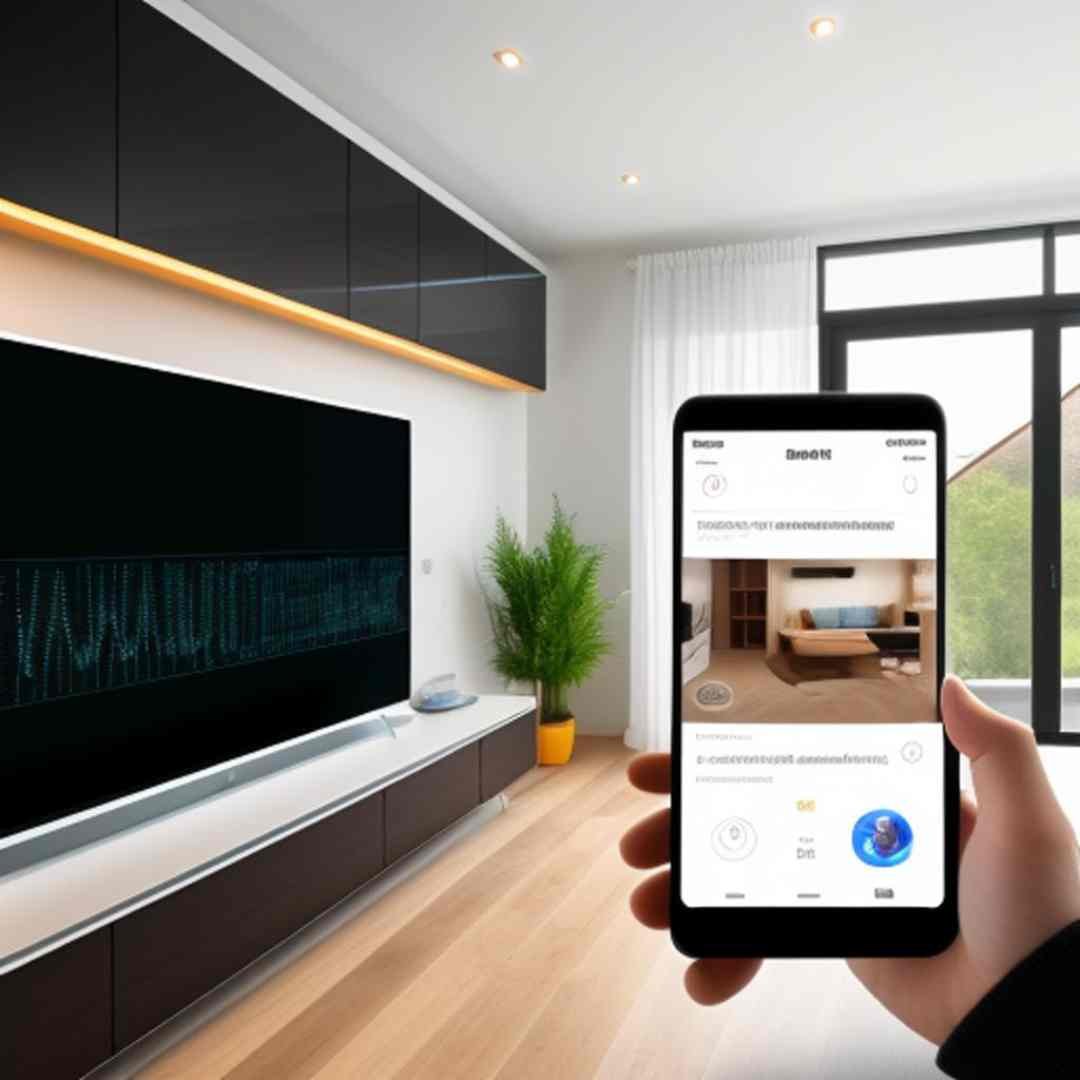
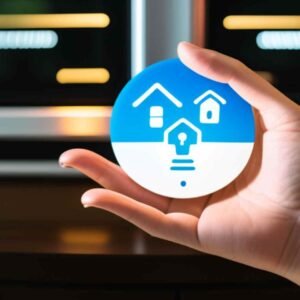
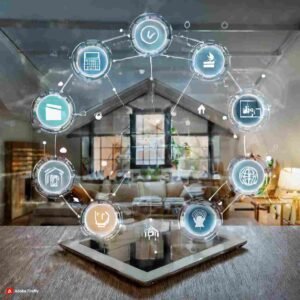

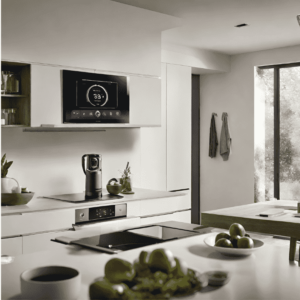
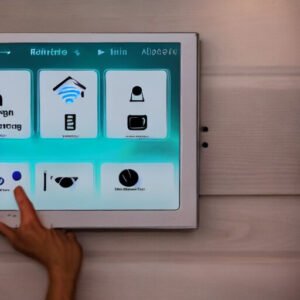
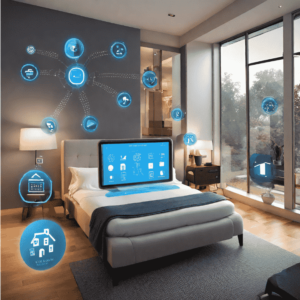
I have been surfing on-line more than three hours nowadays,
yet I never discovered any attention-grabbing article like yours.
It is pretty worth enough for me. In my opinion, if all website owners and bloggers made just
right content material as you did, the net will be a lot more
useful than ever before.
Thank You So much 🙂 I appreciate your opinion.
Your phrase is magnificent
Thank You